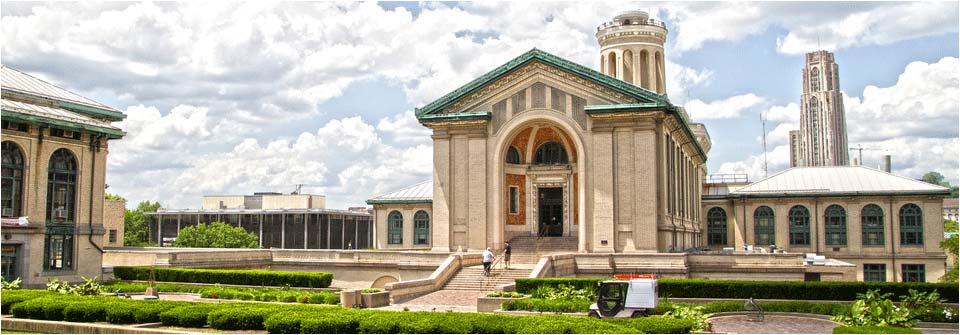Team:Carnegie Mellon
From 2012.igem.org
(Difference between revisions)
Enpederson (Talk | contribs) |
Enpederson (Talk | contribs) |
||
| Line 359: | Line 359: | ||
</td></tr></table><script type="text/javascript"> if (window.showTocToggle) { var tocShowText = "show"; var tocHideText = "hide"; showTocToggle(); } </script> | </td></tr></table><script type="text/javascript"> if (window.showTocToggle) { var tocShowText = "show"; var tocHideText = "hide"; showTocToggle(); } </script> | ||
<a name="Introduction:_Motivation"></a><h2> <span class="mw-headline"> Introduction: Motivation </span></h2> | <a name="Introduction:_Motivation"></a><h2> <span class="mw-headline"> Introduction: Motivation </span></h2> | ||
| - | <ul><li> We seek to develop a BioBrick that will allow researchers in the field of synthetic biology to accurately measure translational efficiency | + | <ul><li> We seek to develop a BioBrick that will allow researchers in the field of synthetic biology to accurately measure translational efficiency and transcriptional strength. |
</li></ul> | </li></ul> | ||
| - | <ul><li> We believe that we can use Spinach as a biosensor to reflect these metrics in vivo, rather than in vitro, which has previously proven to be very costly and impractical. | + | <ul><li> We believe that we can use Spinach (a fluorescent RNA sequence) and a FAP (fluorogen activating protein) as a biosensor to reflect these metrics in vivo, rather than in vitro, which has previously proven to be very costly and impractical. |
</li></ul> | </li></ul> | ||
| - | <ul><li> We will characterize the relationship between genetic expression of Spinach (upstream), translational efficiency, and transcriptional strength.<br /> | + | <ul><li> We will characterize the relationship between genetic expression of Spinach (upstream), a FAP (downstream), translational efficiency, and transcriptional strength.<br /> |
</li></ul> | </li></ul> | ||
<p><br /> | <p><br /> | ||
Revision as of 15:29, 19 June 2012
Welcome to Carnegie Mellon University 2012 iGEM Team Wiki!
Contents |
Introduction: Motivation
- We seek to develop a BioBrick that will allow researchers in the field of synthetic biology to accurately measure translational efficiency and transcriptional strength.
- We believe that we can use Spinach (a fluorescent RNA sequence) and a FAP (fluorogen activating protein) as a biosensor to reflect these metrics in vivo, rather than in vitro, which has previously proven to be very costly and impractical.
- We will characterize the relationship between genetic expression of Spinach (upstream), a FAP (downstream), translational efficiency, and transcriptional strength.
Abstract/Introduction
Motivation question
Humanistic implications go here
Primary Objective: A Useful BioBrick for Synthetic Biologists
We believe the development of this unprecedented BioBrick will help synthetic biologists in a variety of applications, for a variety of purposes such as the following:
- Quantifying translational efficiency in vivo
- Troubleshooting in expression strains
- mRNA and protein localization
- in vivo transcription rate analysis
- Determining promoter strength in vivo
- in vivo mRNA and protein half-lives
Our proposed BioBrick is novel, and potentially very useful in practice.
Secondary Objective: Humanistic Practice
FAQ/Terminology in engineering Escherichia coli to monitor these variables via fluorescence. Find out more about Carnegie Mellon: (CMU Home Page).
Further Considerations
In the pursuit of our project, as well as the biological aspects, we:
- Considered aspects of scale-up, including the ethical, legal and social implications of our BioBrick,
- Programmed a new piece of software for modeling our BioBrick to students,
- Developed and tested techniques for measuring translational efficiency and transcriptional strength,
- Participated in human practices demonstration xxx.
 "
"

